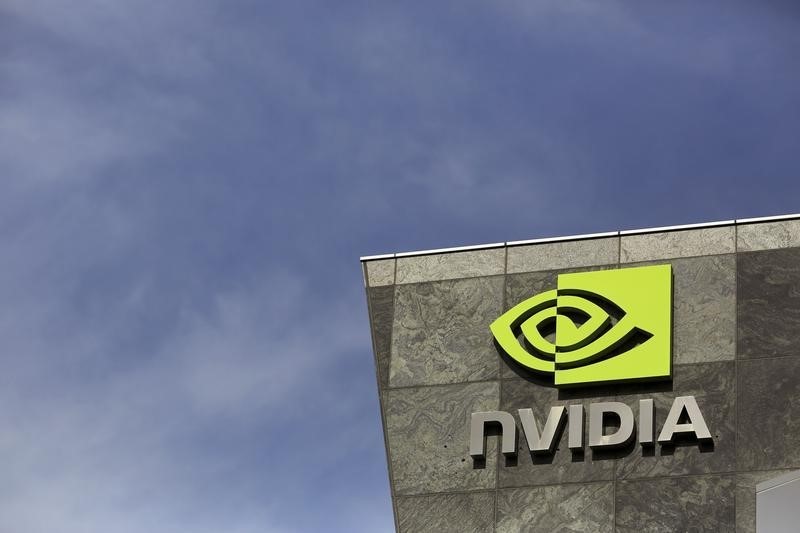Nvidia (NASDAQ:NVDA) shares have continued to move lower in response to the United States government’s decision to restrict the export of advanced chips to China.
Shares fell 1.5% in early Wednesday trade after previously losing 4.7% on Tuesday.
In a regulatory filing, Nvidia highlighted the possibility of export controls affecting its ability to complete product development in a timely manner. Moreover, these controls could potentially disrupt support for existing customers of affected products and their supply to regions impacted by these restrictions, the company said.
As a response to these challenges, Nvidia may need to reevaluate and possibly relocate certain operational aspects from one or more countries. On a more positive note, these challenges are not expected to have an immediate financial impact.
The United States has imposed restrictions on Nvidia's A800 and H800 series, specifically designed for the Chinese market. A surge in orders from major Chinese customers has been noted in recent months, signifying a strategic move to stockpile 800-series chips in anticipation of these restrictions.
In response to the filing and yesterday’s development, analysts at Citi and Morgan Stanley lowered their price targets on Nvidia stock.
“We are de-risking our FY25/26 estimates and assume low likelihood of US government granting export licenses. We believe the scope of the new performance density thresholds will make it difficult for NVIDIA to sell to China as it will require more than the networking modifications it made on prior A800/H800 China products,” Citi analysts wrote in a client note.
As a result, the analysts slashed their price target by $55 per share to $575.
Still, they remain bullish on Nvidia stock due to “secular AI growth which remains in early innings, in our view.”
Similarly, Morgan Stanley analysts cut the price target by $30 to $600 per share as export controls are “more draconian than our expectations.”
“We were expecting a tightening of specifications, but the broad based license requirements in the gray area create more material uncertainty for a region driving 20-25% of demand,” they wrote.
“This is a significant setback, but business is likely to continue to exceed expectations despite that - and NVIDIA continues to be our Top Pick in semis.”
